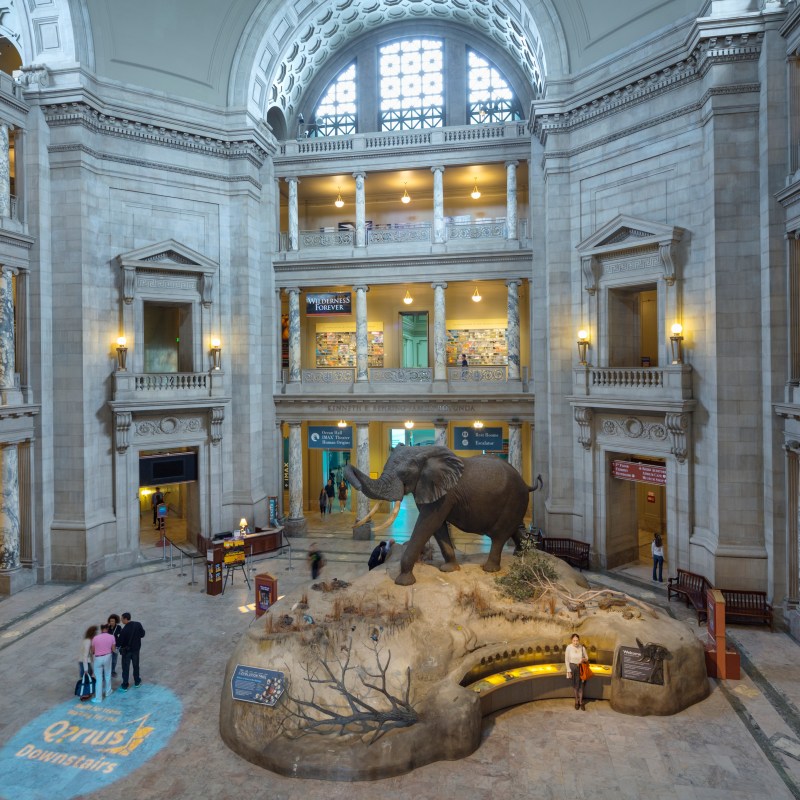
Though you’ll pay high rates for lodging and meals, there’s one thing you’ll get for free in DC (in spades).
Videos by TravelAwaits
Museums.
Though you can find world-class free museums and galleries around the country, Washington DC offers over a dozen to choose from. (If you’re okay paying for an entry ticket, you can also find a few of the US’s coolest and most obscure museums.)
Why are most major museums in DC free? Tax dollars and private donations.
Though some galleries and exhibitions inside free museums cost a small fee to enter, most museums in the city have been free since their conception. It’s tradition, in other words, to provide education and entertainment to visitors regardless of their economic status.
Though it looks like the Smithsonian Institution is in for some major changes, it’s likely to remain free to the public. If you’re heading to Washington DC, it’s a must-visit—but it’s far from the only one.
The next time you’re in the capital, pencil in time to visit these free museums in Washington DC.
10 best free museums in Washington DC
Smithsonian Institution
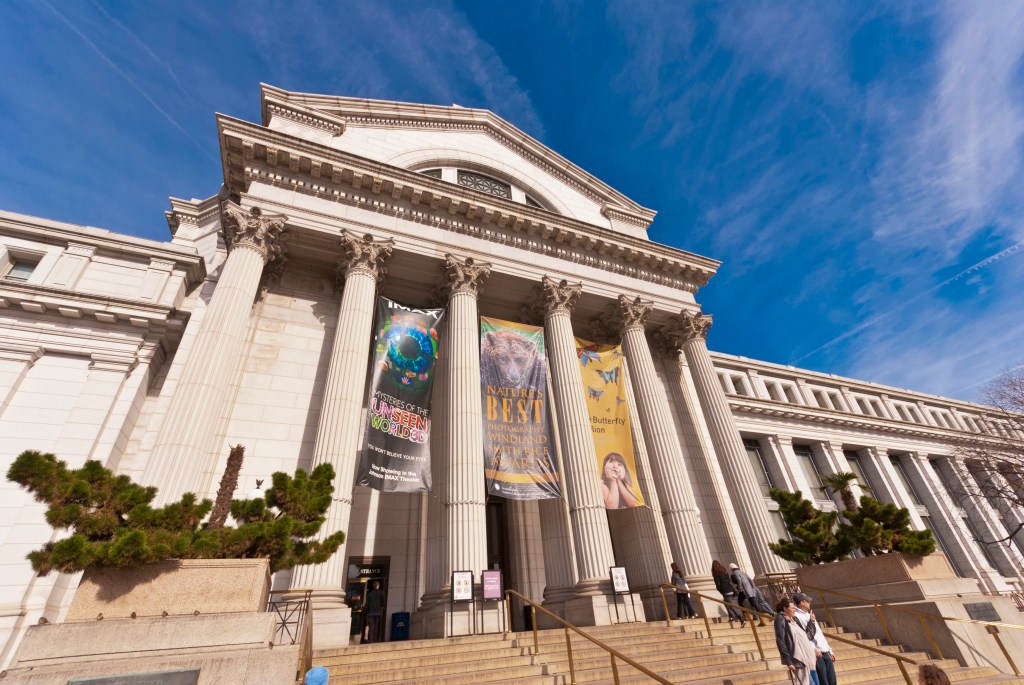
Washington DC is home to 19 Smithsonian Museums, which are collectively called the Smithsonian Institution. (A few museums are in other cities.)
In DC, you can explore 19 distinct museums and galleries that are near the National Mall. They run on a one-mile-long stretch, making it easy to bundle a visit to multiple museums.
These are the most notable Smithsonian Museums that I recommend visiting:
- National Air & Space Museum
- National Museum of American History
- National Museum of Natural History
- National Museum of African American History and Culture
- National Zoo (not a museum—but still cool)
National Gallery of Art
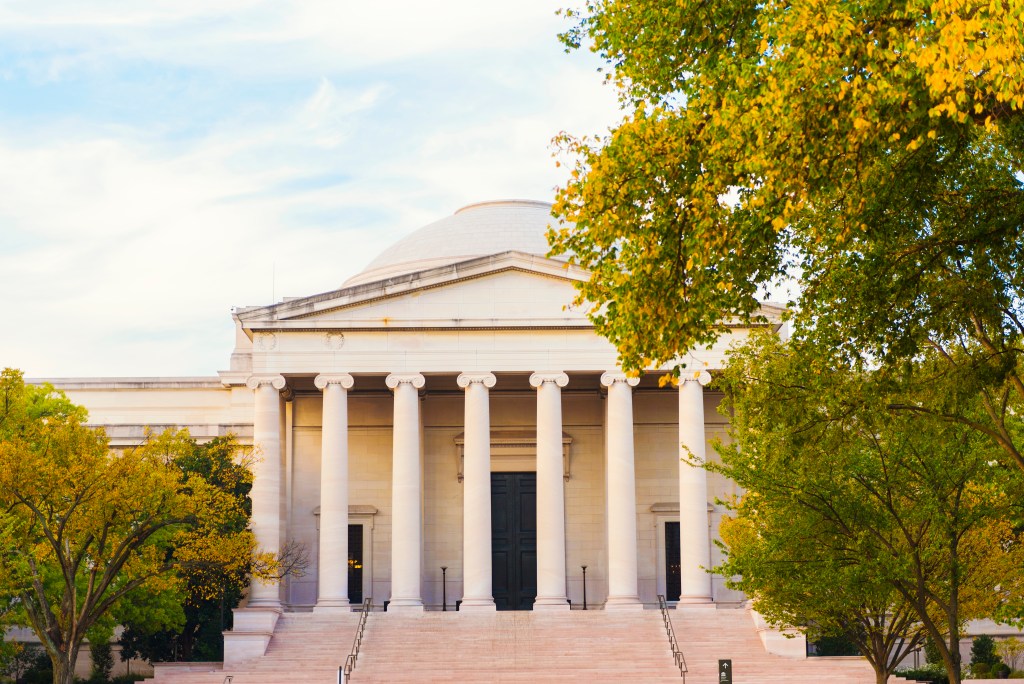
The National Gallery of Art takes you on a grand journey of Western pieces—all the way from the Middles Ages into the contemporary era. In fact, it’s the only place in the Americas to house a Leonardo Da Vinci painting. Aside from pieces that harken back to the Old Masters, you can also find modern hits like those from Mark Rothko and Kerry James Marshall.
Aside from its impressive collection, the National Gallery of Art also hosts numerous revolving exhibits. Personally, I would plan to see Dario Robleto’s Small Crafts for Sisyphean Seas. The exhibit includes large glass cases filled with dreamy, elegant, and mind-blowing sculptures.
But don’t forget to stop at the store on your way out. You can purchase custom prints along with other items perfect for art lovers, from sketchbooks to journals to totes with famous pieces on them.
US Botanic Garden
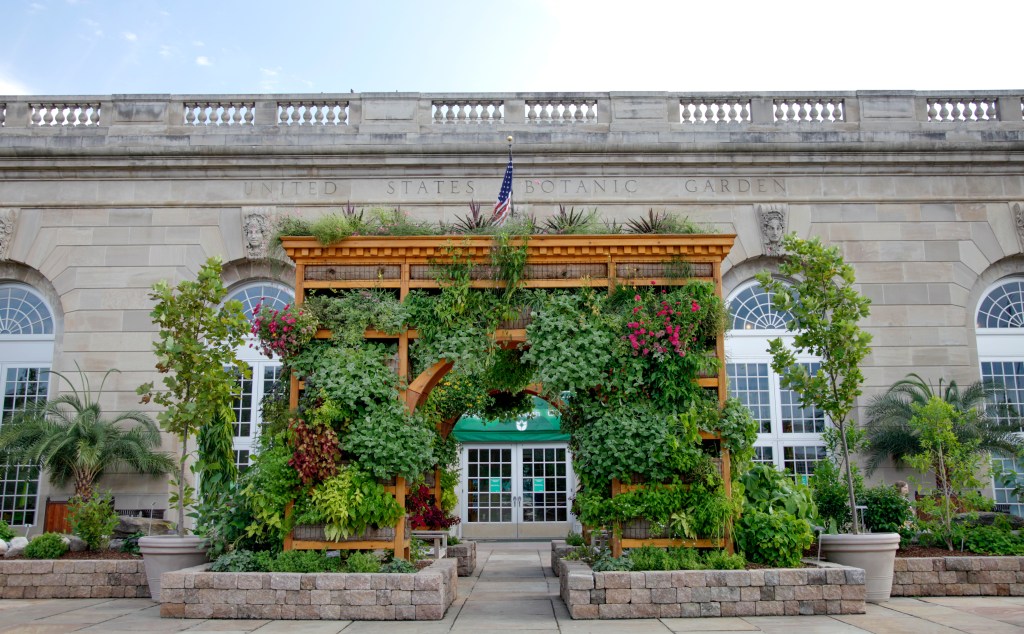
Want to learn a pretty mind-blowing fact? The US Botanic Garden is overseen by Congress—which makes it a bipartisan success. (Refreshing, isn’t it?) As the oldest botanic garden in the US, curators have had almost two centuries to nail its layout and exhibits.
The result is a truly satisfying and intriguing botanical adventure. The museum is divided into different rooms that simulate habitats, from orchids to desert plants to jungle species to medicinal plants.
I like to think it’s fun for everyone—whether or not you usually stop to smell the flowers.
US Holocaust Memorial Museum
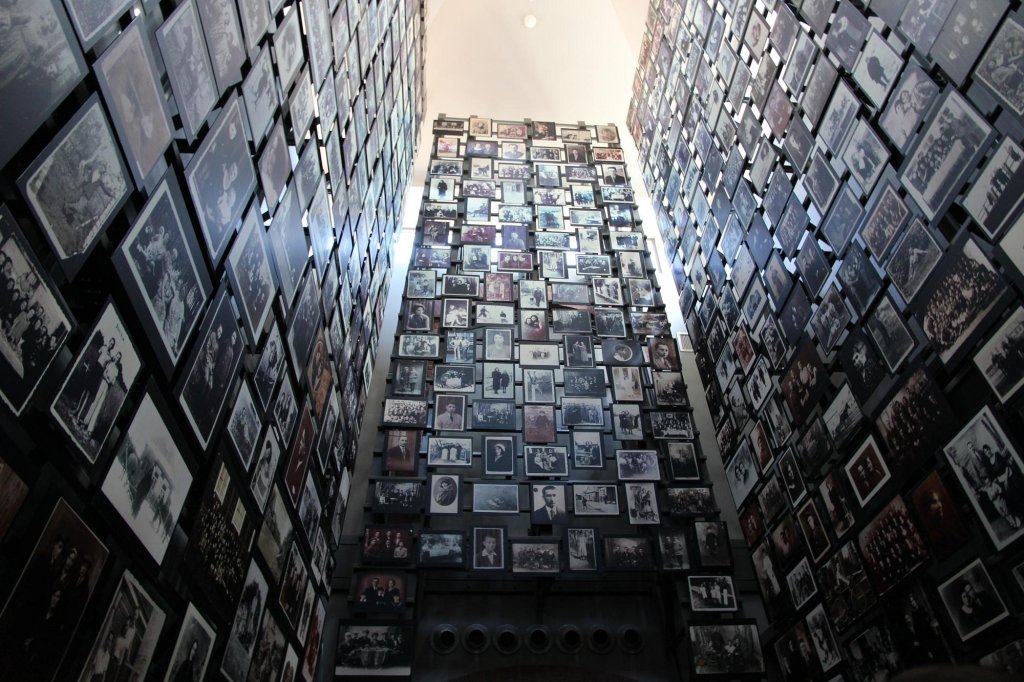
Founded in 1993, this museum has welcomed over 40 million visitors from all over the world—including foreign officials from over 200 countries. Whether or not you have an interest in dark tourism, the US Holocaust Memorial Museum also has exhibits exploring human dignity, democratic strength, and other socially relevant topics.
Personally, I like its more ineffable sectors, such as the Committee on Conscience, which is a think tank that takes place inside the museum with the goal of advising American institutions on the impact of genocide.
US Capitol Visitor Center
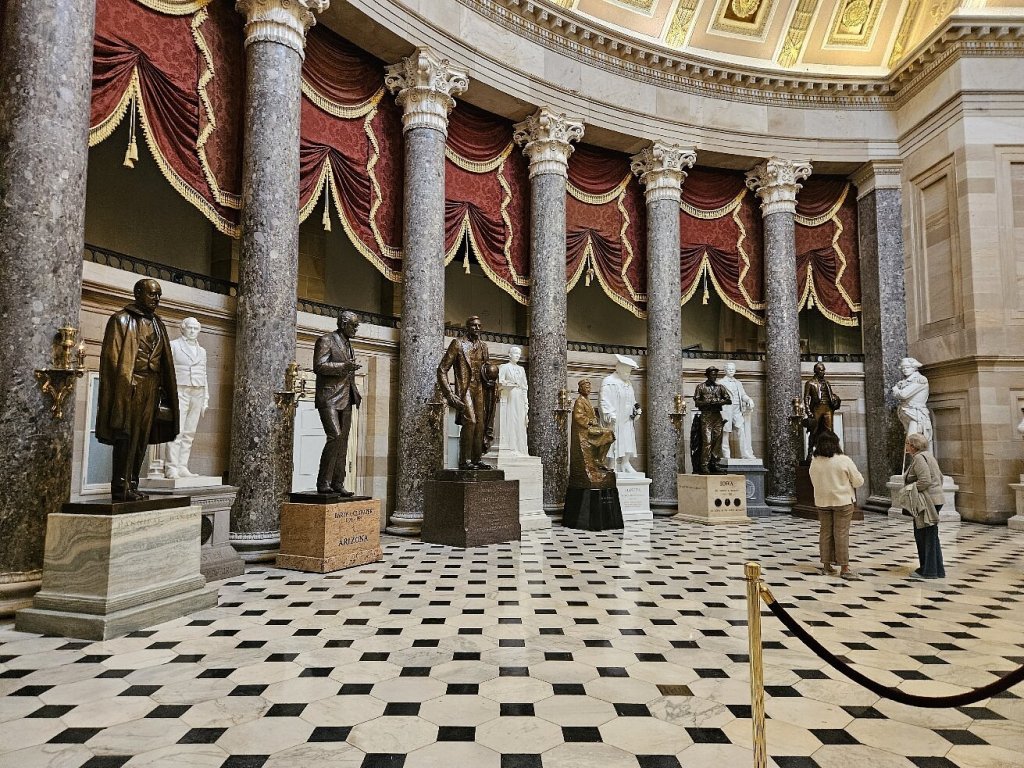
You can explore the US Capitol for free via tours, programs, and activities provided by the visitor center. But there’s also a separate exhibit in the visitor center that you might want to visit.
The exhibit includes Exhibition Hall. This small area lets you learn about how the Members of Congress work, how the capitol building has changed over the decades, and how a bill becomes law. It’s designed for kids, which I love—it makes learning about politics slightly less dry.
House of the Temple
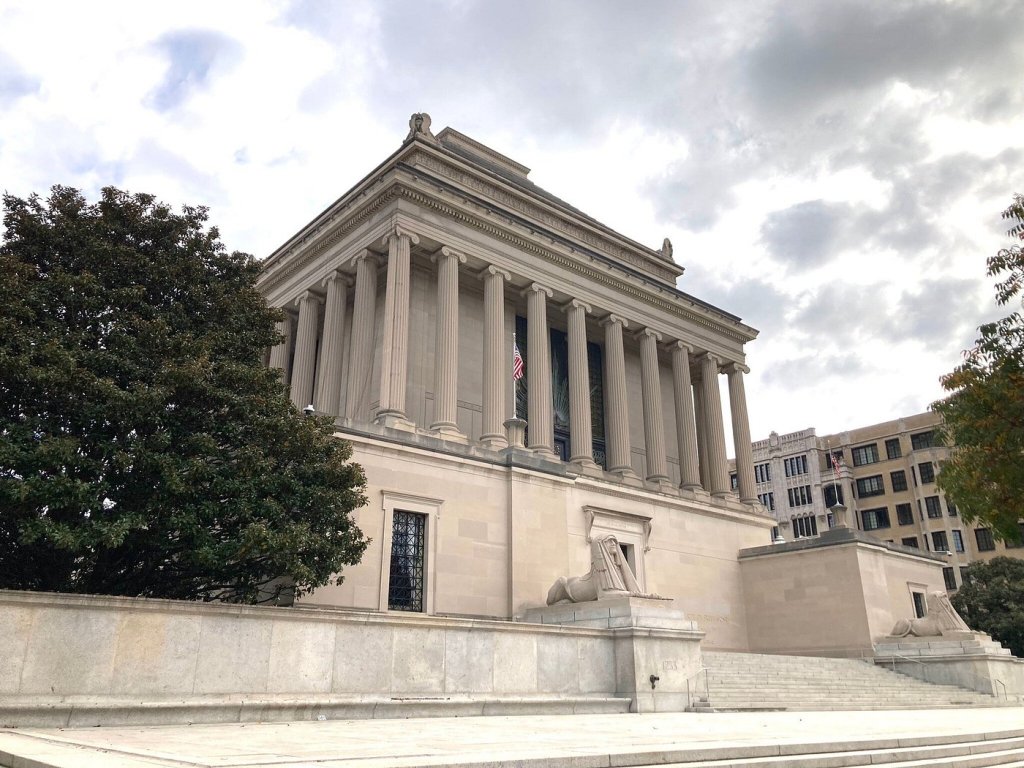
I grew up in Saint Louis, Missouri where Free Mason Lodges are abundant. (My soccer team used to rent out a huge gym in a huge lodge.) Despite having plenty of exposure to the existence of Free Masons, I have little to no understanding of how the organization runs and why.
Is it a cult? Is it a religion? Is it just another boys’ club? All three?
I’ve been eager to visit the House of the Temple, a free museum that includes old Masonic artifacts, meeting rooms, and even libraries for years. I’m sure it would answer my questions, and then some.
Officially, this museum is called the ‘Home of The Supreme Council, 33°, Ancient & Accepted Scottish Rite of Freemasonry, Southern Jurisdiction, Washington D.C., U.S.A.’ I think that paints a pretty good picture of the type of highly involved and complex structure of Freemasonry.
